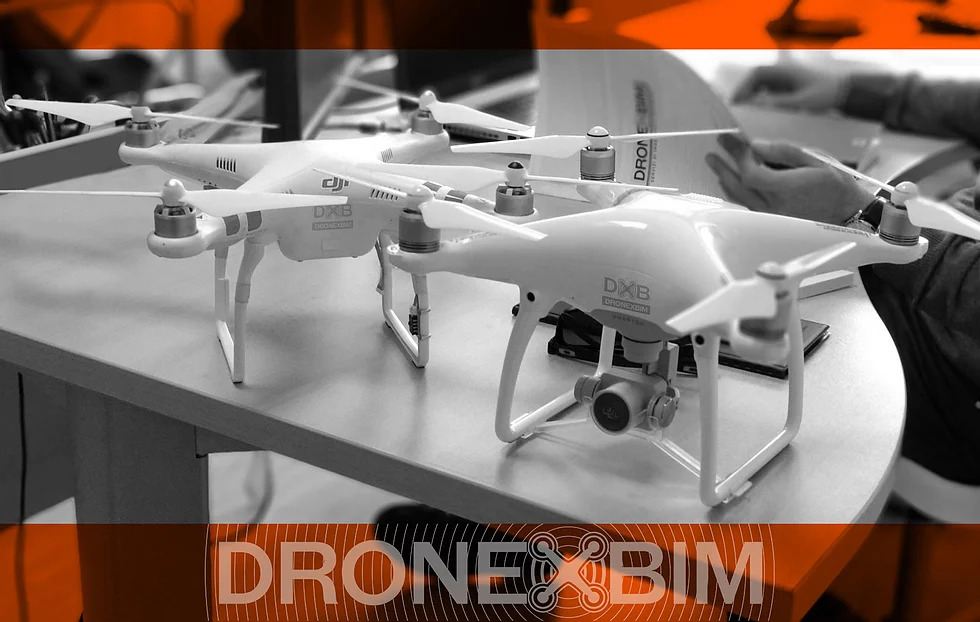Drone surveys as an integrated design tool
Surveys with the aid of drones (or RPAS surveys) are a fundamental tool in terms of integrated design This technology offers the opportunity to exponentially speed up the design process while simultaneously reducing the chances of human errors.
Thanks to the use of state-of-the-art remotely piloted aircraft, detailed surveys can be conducted in hard-to-reach areas.
The technique of aerial photogrammetry involves acquiring a considerable number of high-resolution aerial photographs, from which dedicated softwares generate a dense point cloud. This point cloud is then converted into a 3D model of the surveyed object and then used for investigation and design purposes.
Drone surveys are also suitable for thermographic inspections thanks to dedicated thermal cameras.
Drone x BIM employs RPAS (Remotely Piloted Aircraft System) survey technology, integrating it with cutting-edge softwares with BIM technology and hardware tools such as laser scanners and ground-based GPS.
Applications of RPAS Surveys
The use of drones combined with specific surveying tools serves various functions in construction, engineering, agriculture, and many other sectors, such as:
-
TOPOGRAPHIC MAPPING:
Terrain orthophoto restitution to obtain sections, contour lines, and any required measurements. -
PHOTOGRAMMETRY AND 3D RECONSTRUCTION:
Construction of precise, navigable, measurable 3D models through high-resolution photos and the generation of textures. -
PRECISION AGRICULTURE:
Detection of the NDVI (Normalized Difference Vegetation Index) for foliage vigour and water stress assessment.
-
INSPECTION OF STRUCTURES AND CULTURAL HERITAGE:
3D photogrammetric techniques make the structure measurable and navigable, highlighting anomalies and critical issues that affect conservation. Integration with tools dedicated to restoration and preservation (crack detection, sensors operating in the non-visible spectrum) enhances survey opportunities in this field.
-
INSPECTION OF INDUSTRIAL FACILITIES:
Close-up inspection offers the possibility to identify anomalies, deterioration, and damage caused by degradation or weather-related factors. These issues can be precisely and punctually measured through post-processing.
-
INSPECTIONS AND TECHNICAL REPORTS OF FACILITIES:
Localization of faults in wind energy installations. Thermographic inspections of photovoltaic panels for fault detection and efficiency control.
-
HYDROGEOLOGICAL DISASTER PREVENTION:
It is possible to reconstruct a riverbed or detect illegal construction using cadastral and GIS information, as well as detect materials and pollutants.

Cost reduction
Reduced survey times
Reduction of human error
Ability to reach hard-to-access areas
Capability to perform various types of surveys
Read about our study cases
Contact us now
